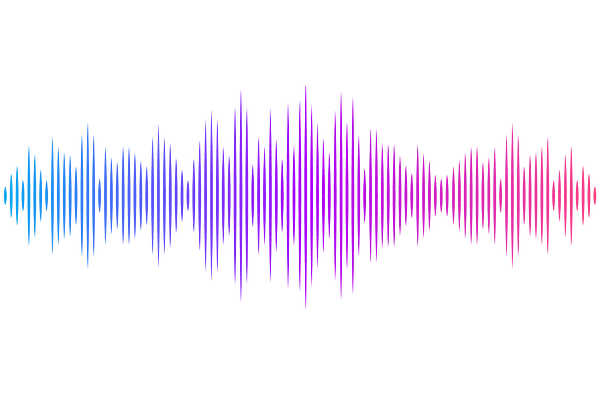Investigating Age-Related Decline in Sensorimotor Control Using Robotic Tasks

Investigating Age-Related Decline in Sensorimotor Control Using Robotic Tasks
Alvarez-Hidalgo, L.; Edlmann, E.; Schmidtmann, G.; Howard, I. S.
AbstractBackground: Aging is linked to widespread changes in sensorimotor control, leading to functional decline, mobility limitations, and an increased risk of falls. Certain aspects of the neurological examination and assessment of the motor system are subjective, underscoring the need for objective and quantitative tools to evaluate sensorimotor performance. Methods: To address this, we designed three experimental tasks using the vBOT planar robotic manipulandum to compare sensorimotor performance in healthy young adults (<35 years) and older adults (>60 years). Unlike previous assessments, our tasks uniquely integrate simultaneous bimanual control and altered dynamic conditions to comprehensively assess sensorimotor capabilities. The first task involved a bimanual de novo motor learning paradigm in which participants coordinated both hands to control a virtual 2D arm and performed 400 center-out and out-to-center trials. The second task assessed unimanual control using the right hand to perform center-out movements to eight targets. It introduced dynamic forces simulating object manipulation during the final 200 trials. The third task was similar but applied a viscous force field in the last 200 trials. It also included a scoring mechanism rewarding brisk movements, thereby encouraging participants to perform closer to their maximum capabilities. In this task, performance was also compared between the dominant and non-dominant arms. Group comparisons and within-subject differences were evaluated using appropriate statistical analyses. Results: Each task effectively identified age-related differences, but the viscous resistance task proved particularly sensitive, capturing significant age-related declines in force generation and movement duration. This scoring approach likely amplified performance differences, highlighting its suitability for detecting subtle effects of aging. Older adults generally showed slower movement, longer task completion times, reduced peak forces, and prolonged reaction times. However, individual performance varied, with some older participants performing on par with younger individuals. In the third experiment, the dominant arm showed consistently better performance than the non-dominant arm, underscoring the sensitivity of the metrics to lateralized differences in motor control. Conclusions: These findings suggest that robot-based tasks have potential to quantify age-related differences in sensorimotor control and may support more precise clinical assessments.